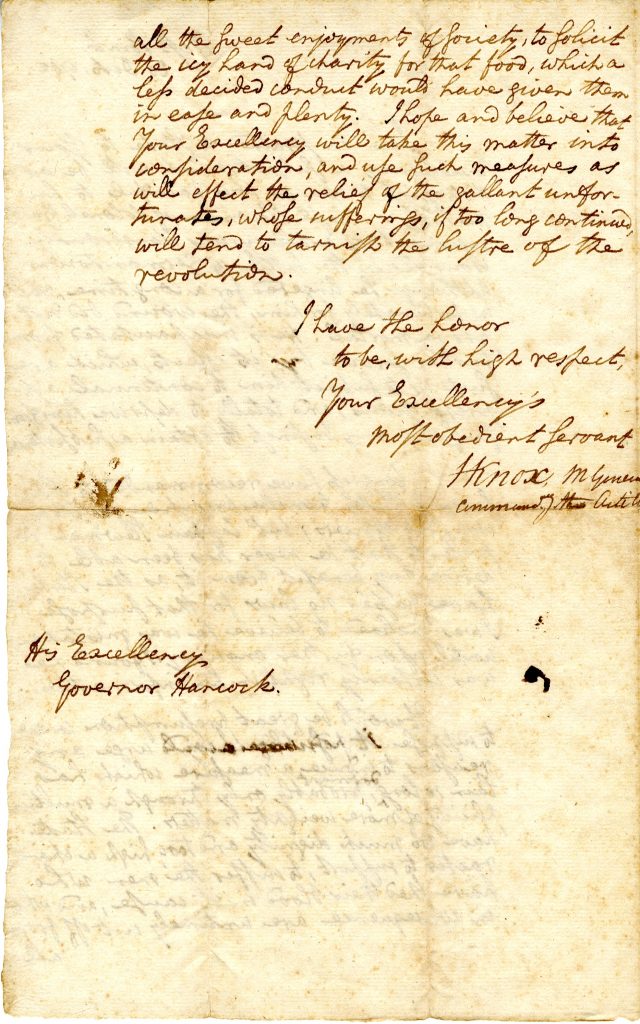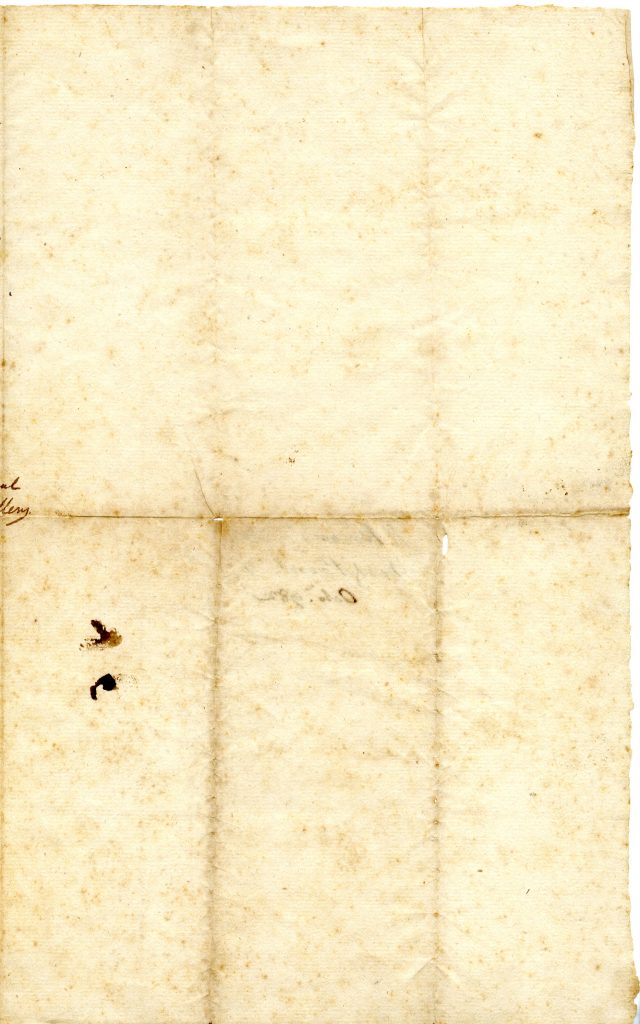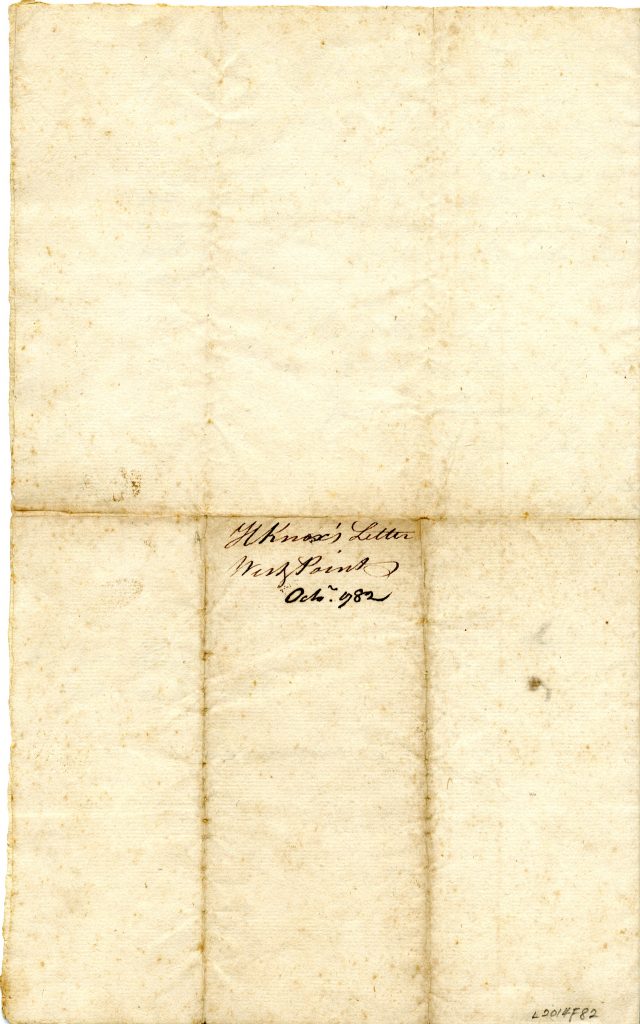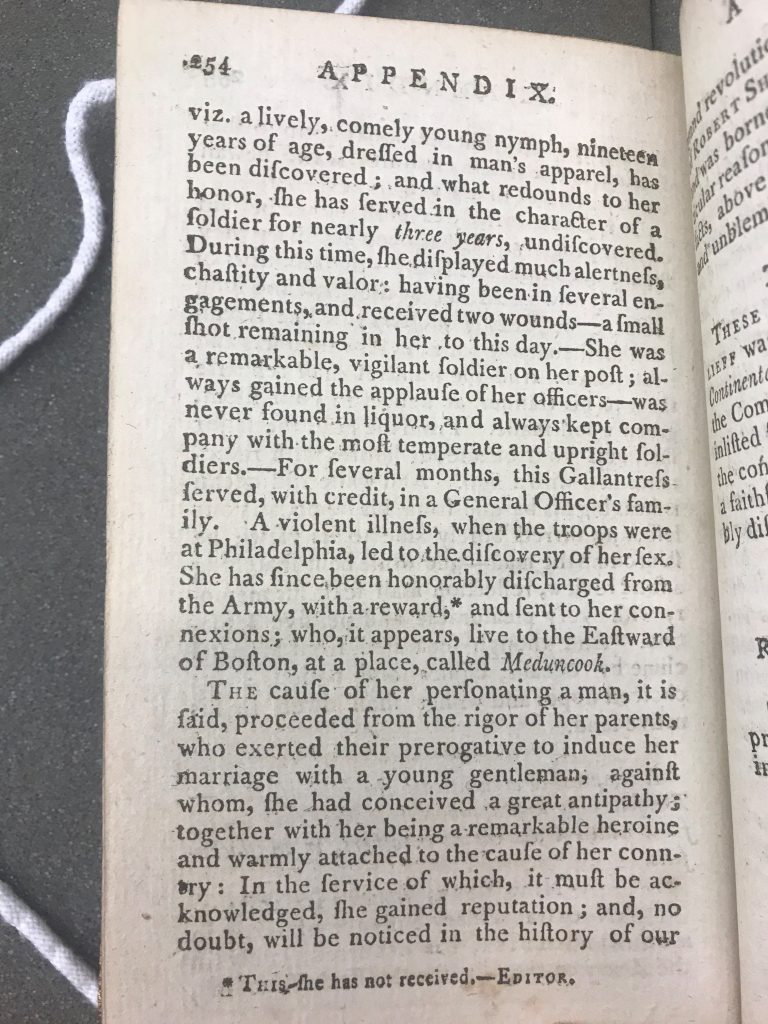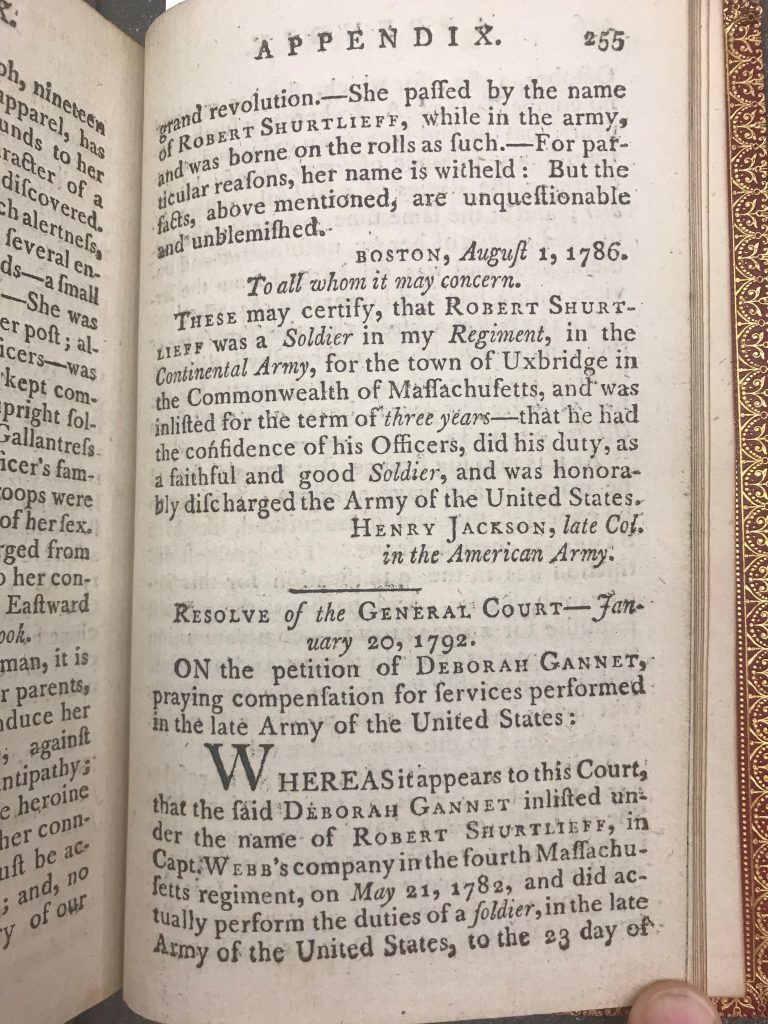Florida Teacher Workshop, Sarasota Middle School
Sarasota, Florida
April 4, 2020
James Madison wrote that veterans of the American Revolution suffered a “singular hardship” that “can never be forgotten.” Yet because America’s civilian population suffered enormously during the eight-year conflict, honoring veterans for their “singular” service took more than a generation. Enlisted men like Joseph Plumb Martin, who served seven years in the Continental Army, were left feeling “turned adrift like old worn-out horses” until the early nineteenth century, when economic prosperity coupled with romantic sentiment toward the Revolution fostered an appreciation for the sacrifices made by the heroes of the War of Independence.
America’s first veterans included women like Deborah Sampson, who received a pension for her service after her honorable discharge and Margaret Corbin, the first female combat veteran recognized by Congress. Their stories in concert with the impassioned voices of women like Mercy Otis Warren, Abigail Adams and Phillis Wheatley laid the groundwork for the official recognition of women as vested citizens in 1920 with the passage of the Nineteenth Amendment.
This collection includes presentations prepared by historian Roger Smith for the Florida Council for History Education and classroom activities which align to Title XLVIII, Chapter 1003.42 (2)(a), (f) and (t) of the 2018 Florida Statutes.
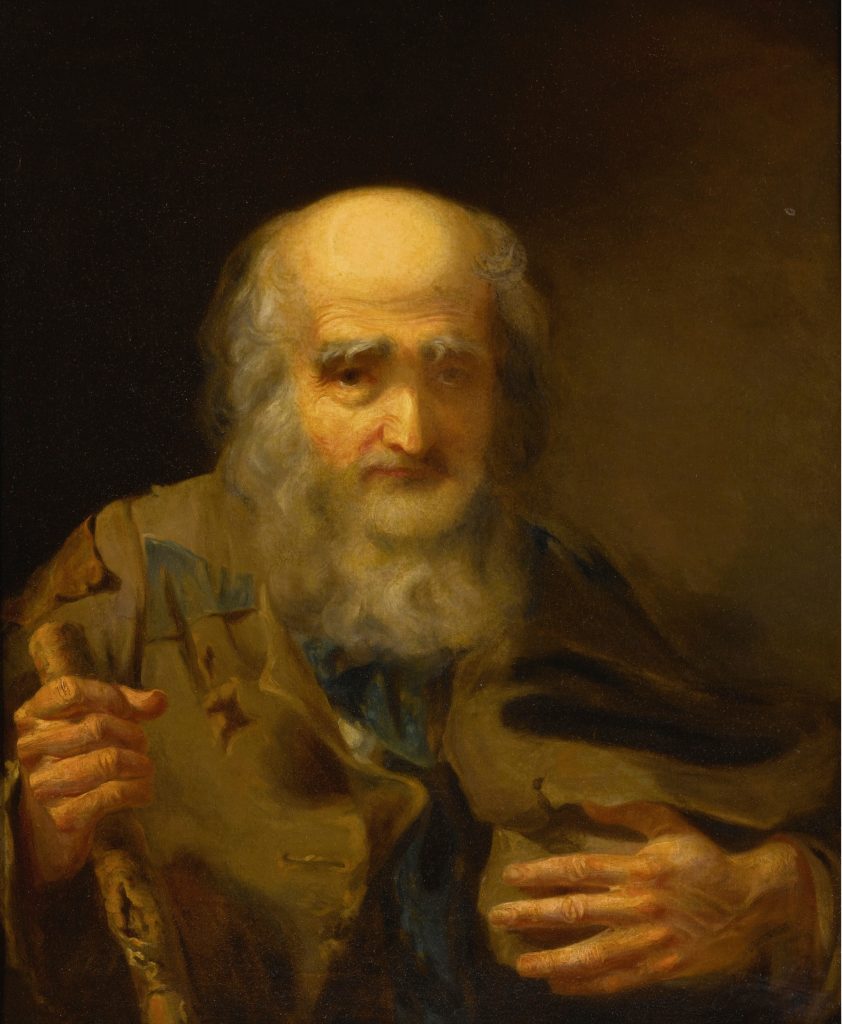
A Pensioner of the Revolution
John Neagle (1796-1865)
1830The Society of the Cincinnati, Museum purchase, 2017
This somber and arresting portrait depicts a homeless veteran living on the street in Philadelphia named Joseph Winter. The painting attracted popular attention in early 1831, when John Sartain published a mezzotint engraving of the work titled Patriotism and Age, which became a call to the conscience of the nation to care for those who had fought its battles and won its freedom.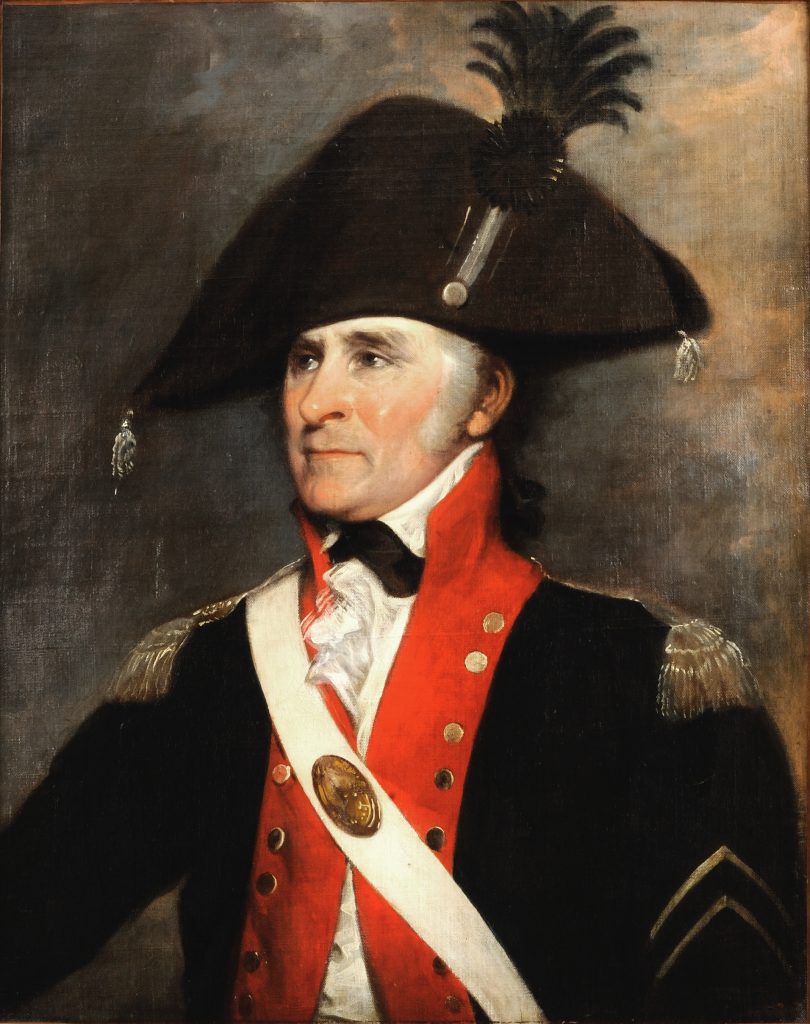
Bryan Rossiter
John Trumbull (1756-1843)
ca. 1806-1808New York State Society of the Cincinnati
Veteran enlisted men like Bryan Rossiter (1760-1834), a sergeant in the Continental Army, waited decades to secure what was due to them. Rossiter settled in New York City after the war. As a veteran non-commissioned officer, he was not eligible to join the Society of the Cincinnati, but the New York branch appointed him sergeant at arms in 1801. John Trumbull’s portrait of Rossiter depicts him in his sergeant at arms uniform with two white chevrons on his left sleeve, indicating that Rossiter had been awarded the Badge of Merit.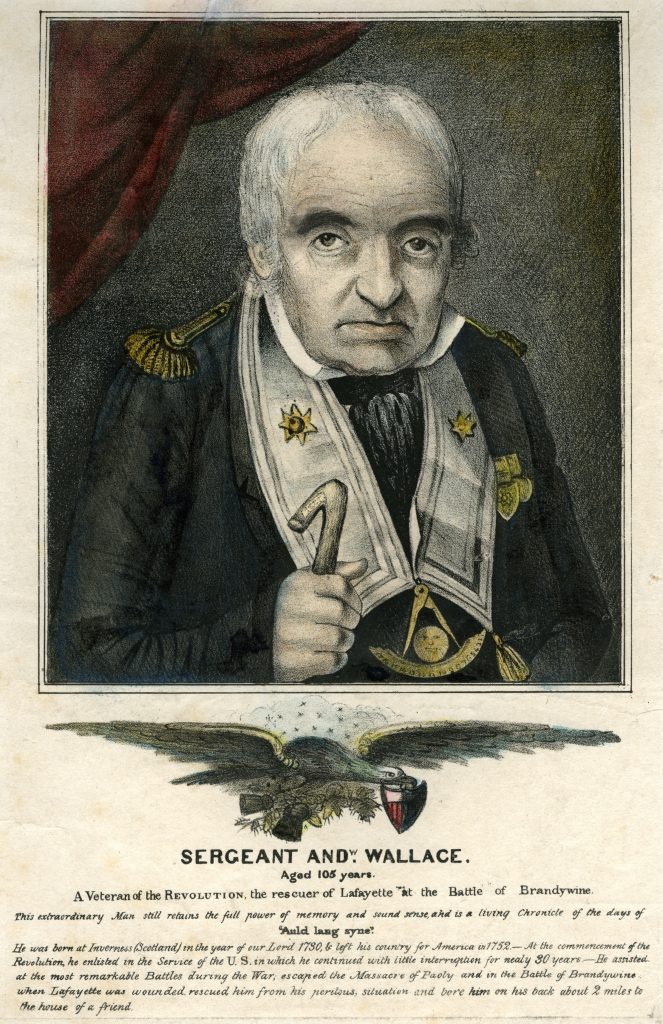
Sergeant Andw. Wallace
ca. 1835The Society of the Cincinnati, The Robert Charles Lawrence Fergusson Collection
Hand-colored lithograph portrait of an elderly man in Masonic regalia titled, “Sergeant Andw. Wallace. Aged 105 years. A Veteran of the Revolution, the rescuer of Lafayette at the Battle of Brandywine.”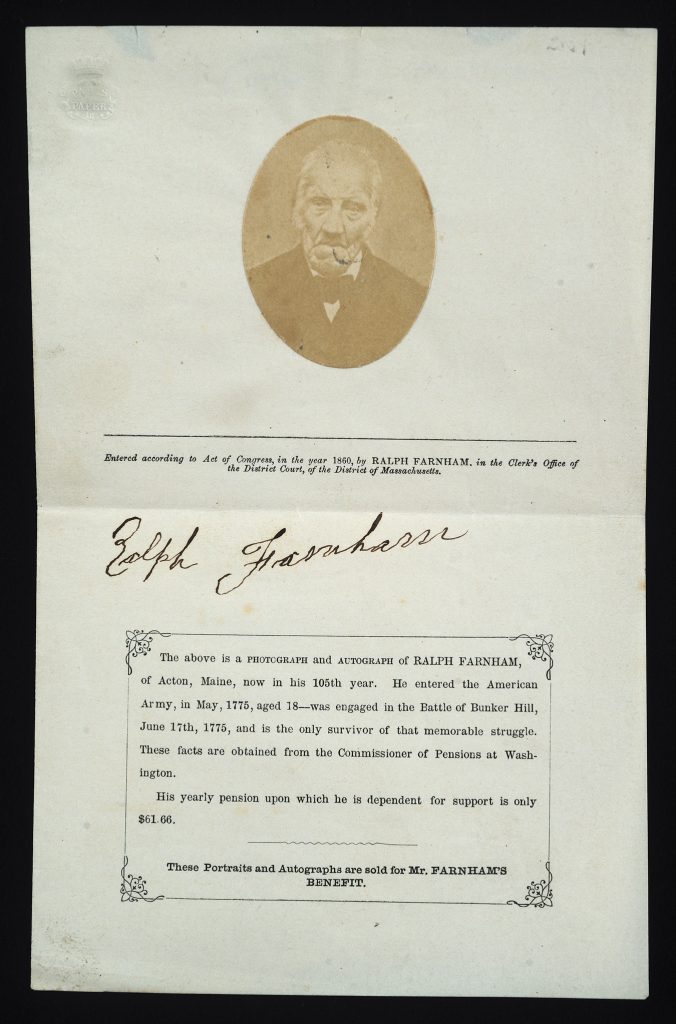
Photographic print of Ralph Farnham
1860The Society of the Cincinnati, The Robert Charles Lawrence Fergusson Collection
Small oval portrait (salt print) of Ralph Farnham of Acton, Maine, at the top of a leaflet with his autograph and printed text about him. Text asserts he was 105 years old, joined the army in 1775 at the age of eighteen, fought at the Battle of Bunker Hill, and is “the only survivor of that memorable struggle.” Sold to benefit Farnham, presumably to supplement his annual pension of $61.66. (The National Archives book lists a Ralph Farnham of Massachusetts who received a federal bounty land warrant (#9451-160-55) and a pension (S31018).)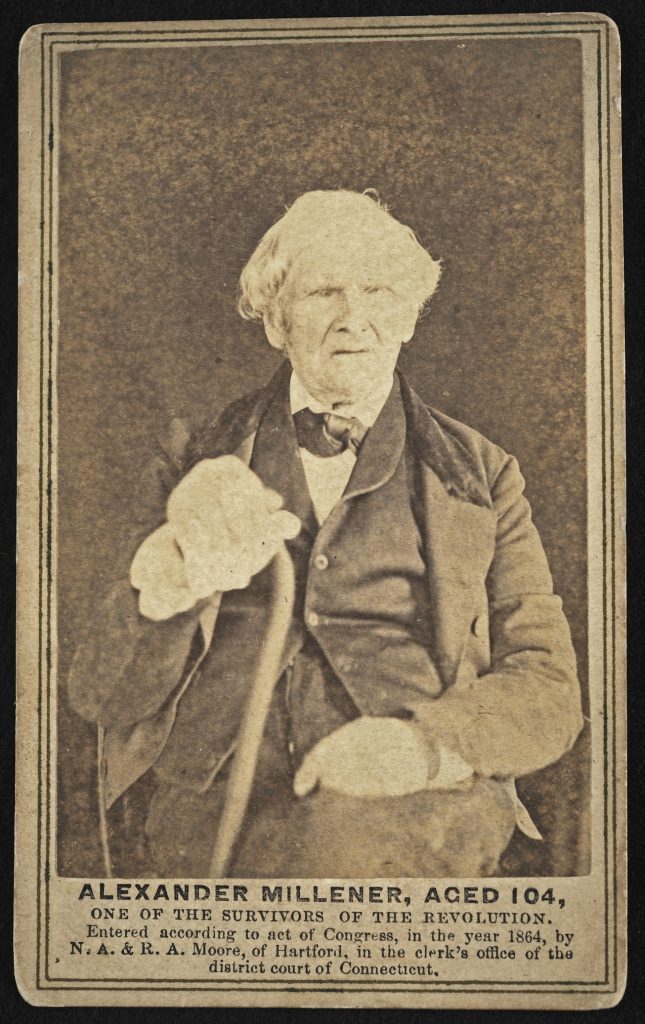
Alexander Millener, Aged 104
Hartford, Conn.: N. A. & R. A. Moore, 1864The Society of the Cincinnati
Carte de visite albumen print, text below identifies Millener as “one of the survivors of the Revolution.” (Under the name Alexander Millener in the National Archives book, it says to see the name Alexander Marony, who received a federal pension (S42925).)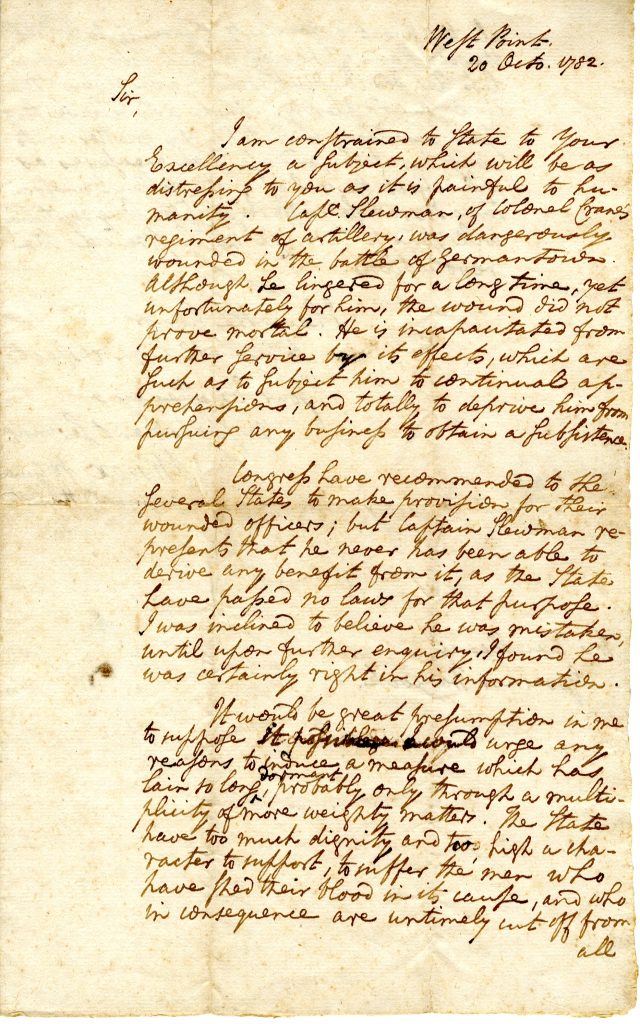
Henry Knox to John Hancock
October 20, 1782The Society of the Cincinnati, The Robert Charles Lawrence Fergusson Collection
In this wartime letter, Henry Knox appealed to Governor John Hancock of Massachusetts for support for Capt. John Sluman of Crane’s Artillery Regiment, who was permanently disabled by wounds inflicted at the Battle of Germantown in 1777. Sluman was awarded a half-pay disability pension of $300 per year from Massachusetts in 1784. Congress assumed responsibility for disability pensions in 1792 and paid Sluman $300 annually until his death in 1816.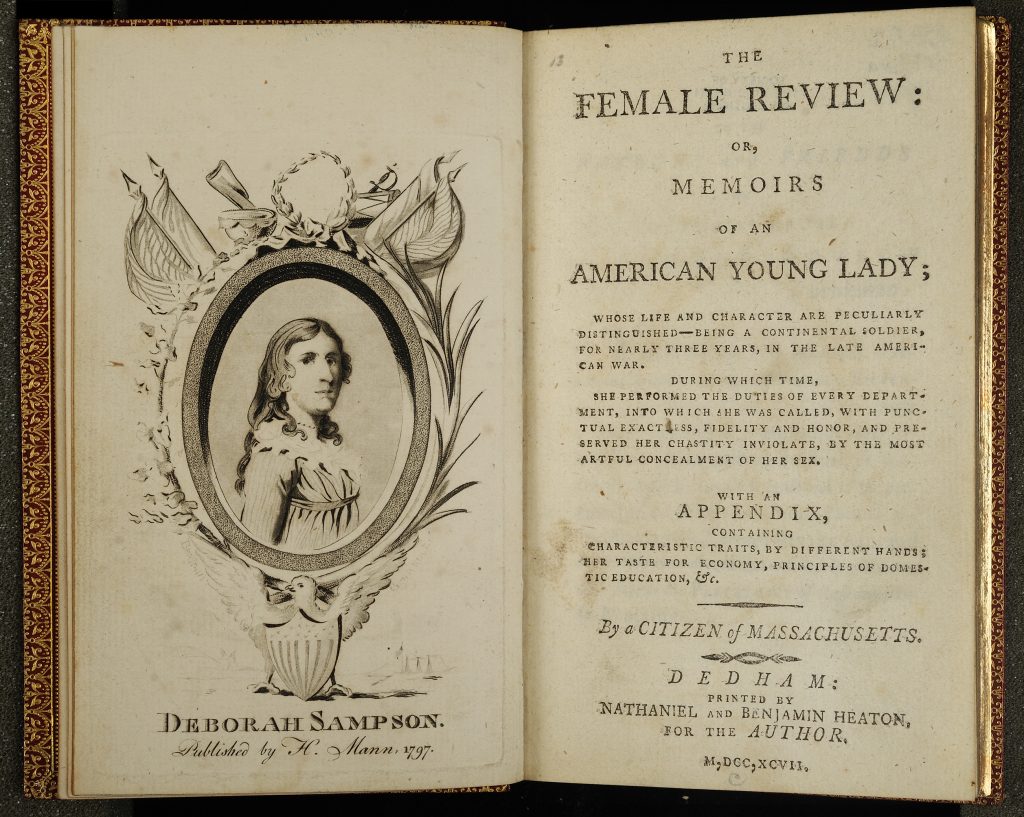
The Female Review: or, Memoirs of an American Young Lady
“A Citizen of Massachusetts” [Herman Mann]
Dedham, Mass.: Nathaniel and Benjamin Heaton, for the Author, 1797The Society of the Cincinnati, The Robert Charles Lawrence Fergusson Collection
Deborah Sampson (1760-1827) enlisted in the Massachusetts Continental Line in May 1782 using the name “Robert Shurtleff.” Mixing fact with romantic inventions, this imaginative account of Sampson’s wartime service was published to support her case for a pension. In 1805 she received a disability pension of $4 a month, which she relinquished to accept a pension of $8 a month awarded under the Pension Act of 1818.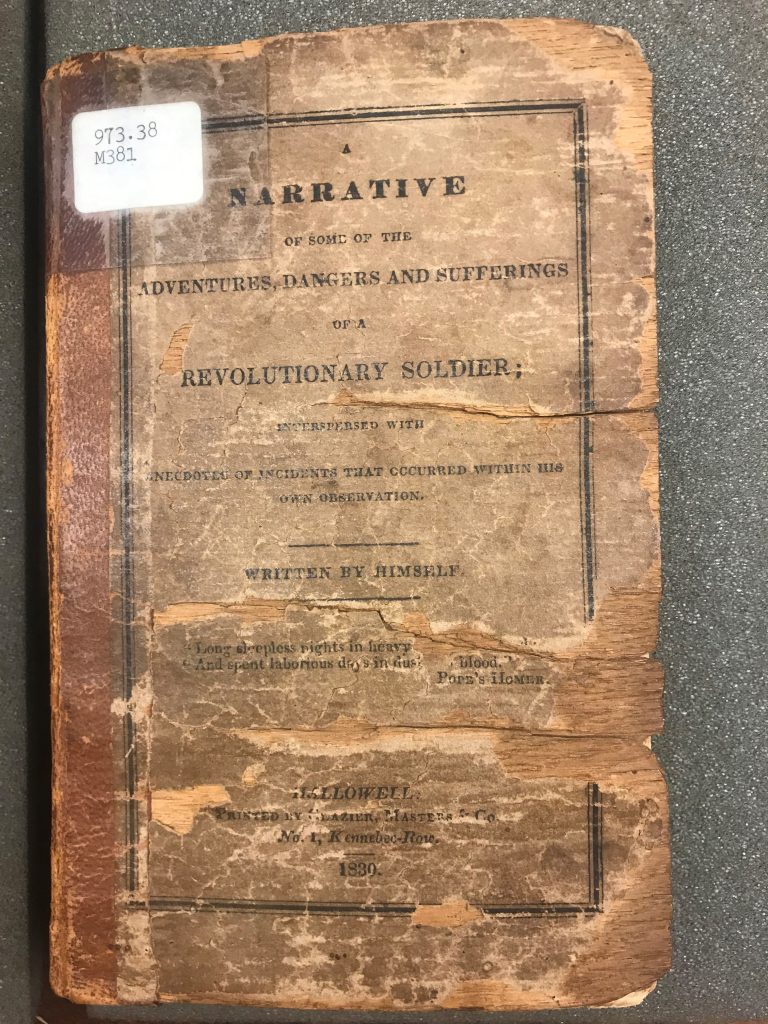
A Narrative of Some of the Adventures, Dangers and Sufferings of a Revolutionary Soldier
Joseph Plumb Martin
Hallowell, [Maine]: Printed by Glazier, Masters & Co., 1830The Society of the Cincinnati
In the Preface: “every private soldier in an army thinks his particular services as essential to carry on the war he is engaged in, as the services of the most influential general; and why not? what could officers do without such men? Nothing at all.” Narrative ends with several pages on disappointments after the war: “the war was over, and the prize won for which we had been contending through eight tedious years. But the soldiers said but very little about it … Starved, ragged and meagre, not a cent to help themselves with, and no means or method in view to remedy or alleviate their condition; this was appaling in the extreme” (p. 202). Published anonymously; author is listed on the title page only as “written by himself.” Joseph Plumb Martin (1759-1850) was an enlisted man in the Connecticut militia and Continental Army.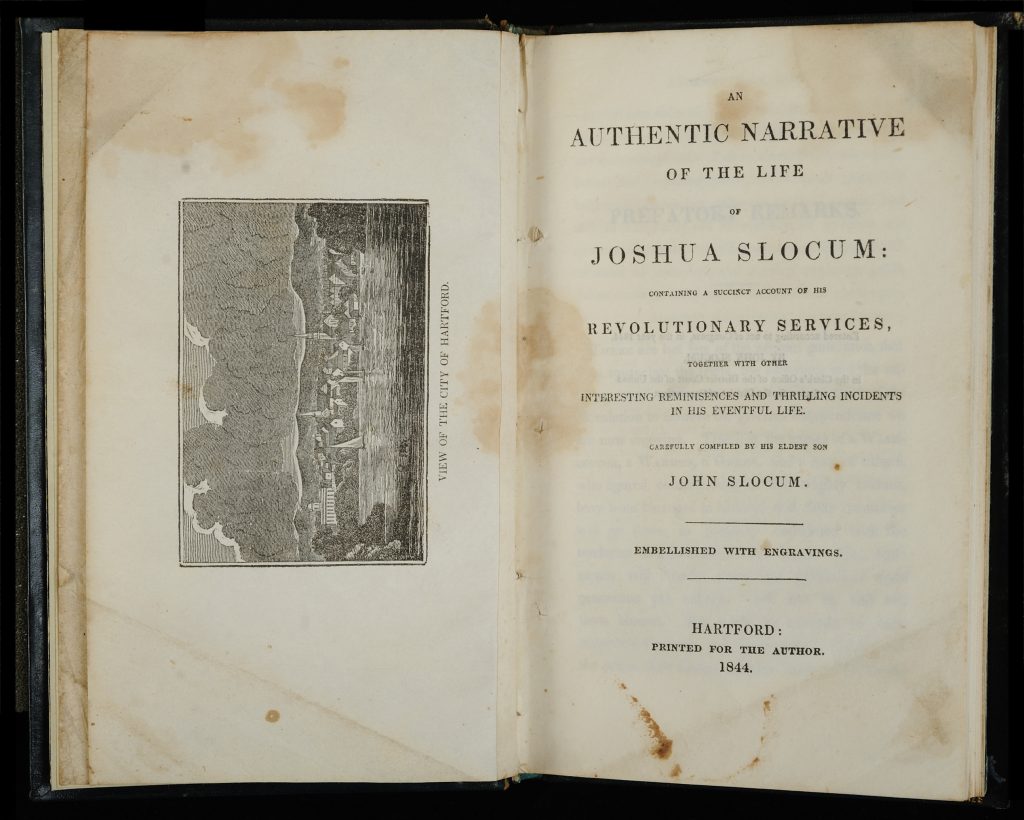
An Authentic Narrative of the Life of Joshua Slocum
Hartford: Printed for the author, 1844The Society of the Cincinnati, The Robert Charles Lawrence Fergusson Collection
Prefatory Remarks: “The names of a Washington, a Warren, a Green, and a host of others, who figured conspicuously in that mighty contest, have been blazoned in history, and their memories will go down to posterity embalmed with the tenderest recollections of the heart. … But while we concede to these renowned Generals and distinguished Civilians all the praise their exalted service deserve, we should not forget those who in a more humble and subordinate capacity, faithfully served their country … While yet they live,—while the low, glimmering, dying taper yet quivers into darkness, let them be respected; and let those of the present more selfish generation emulate their noble example” (pp. v-vi). Edited by John Slocum, the subject’s son. View of the city of Hartford on the frontispiece.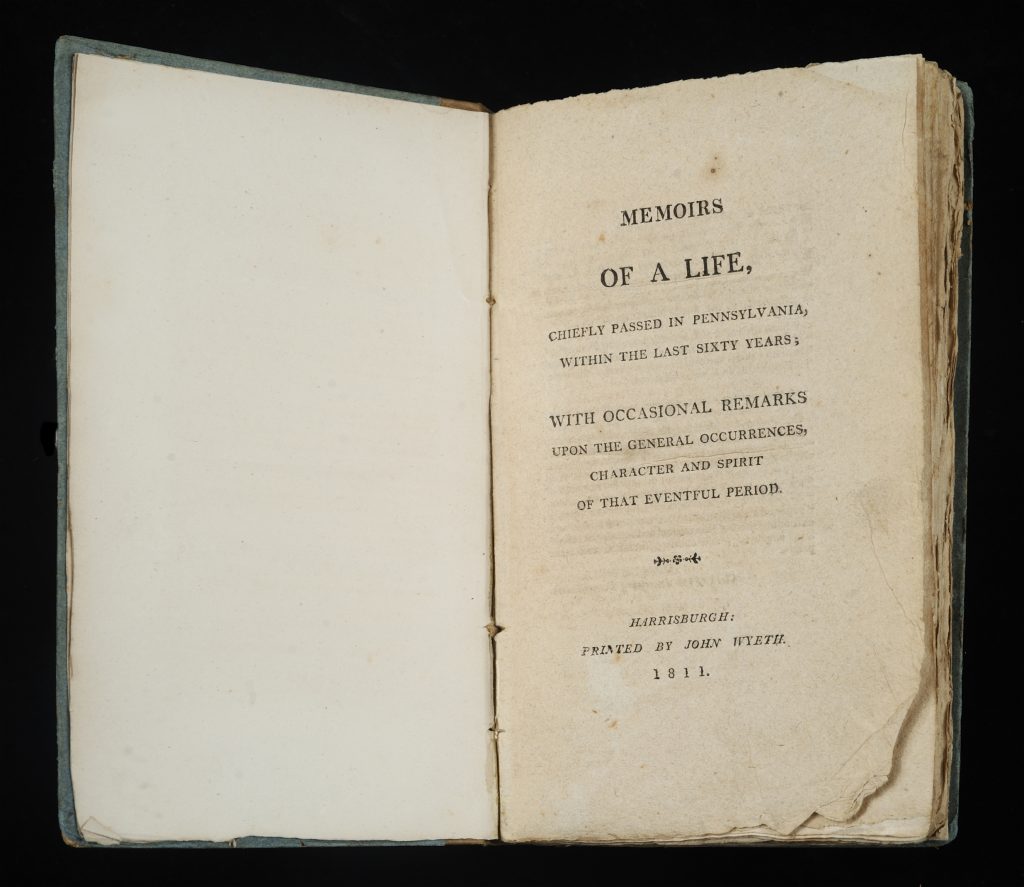
Memoirs of a Life, Chiefly Passed in Pennsylvania
Alexander Graydon
Harrisburgh: Printed by John Wyeth, 1811The Society of the Cincinnati, Gift of Jack and Janet Warren, 2003
Alexander Graydon (1752-1818), a captain in the Pennsylvania Continental Line, received a federal pension (S39623) and bounty land warrant (#806) for 300 acres, issued on January 5, 1791. Writes that, during the late 1780s, Revolutionary War veterans "had as yet earned nothing but poverty and contempt" (p. 308).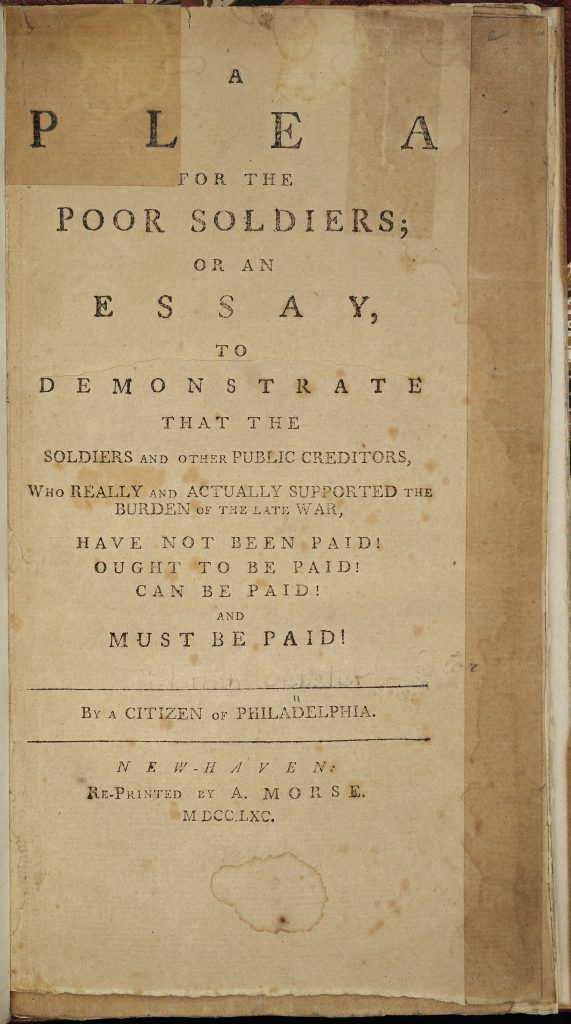
A Plea for the Poor Soldiers; or An Essay, to Demonstrate that the Soldiers and Other Public Creditors Who Really and Actually Supported the Burden of the Late War, Have Not Been Paid! Ought to be Paid! Can be Paid! And Must be Paid!
New-Haven: Re-printed by A. Morse, 1790The Society of the Cincinnati, The Robert Charles Lawrence Fergusson Collection
title page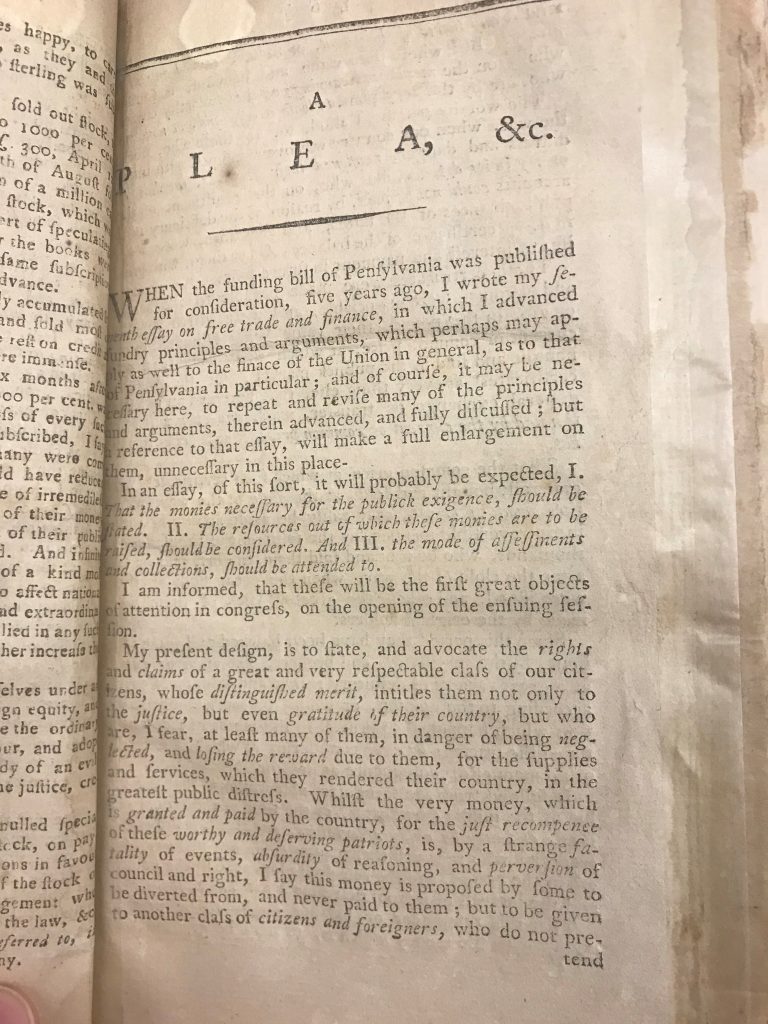
A Plea for the Poor Soldiers; or An Essay, to Demonstrate that the Soldiers and Other Public Creditors Who Really and Actually Supported the Burden of the Late War, Have Not Been Paid! Ought to be Paid! Can be Paid! And Must be Paid!
New-Haven: Re-printed by A. Morse, 1790The Society of the Cincinnati, The Robert Charles Lawrence Fergusson Collection
Argues for the need to pay the debt owed to those Americans first before foreign debt is paid. Signed “A Citizen of Philadelphia”—Authorship attributed to Pelatiah Webster (1726-1795), a noted Federalist who wrote political essays mostly on financial issues. Second edition—first edition published in Philadelphia earlier in 1790.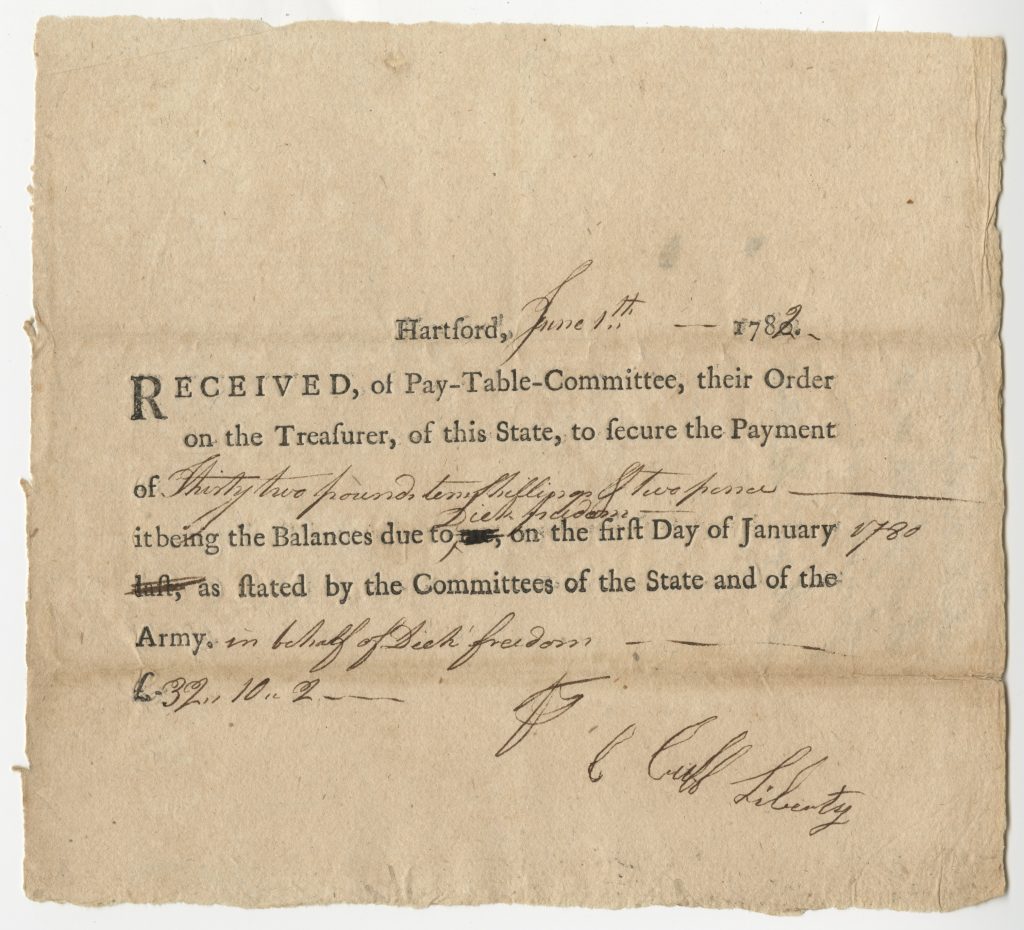
Receipt of Pay-Table-Committee
Hartford, June 7, 1782The Society of the Cincinnati,The Robert Charles Lawrence Fergusson Collection
Signed for Dick Freedom by Cuff Liberty. Dick Freedom and Cuff Liberty were African-American participants in the Revolutionary War who adopted aspirational names during their service. Dick Freedom and Cuff Liberty served in the all-black Second Company of the Fourth Connecticut Regiment.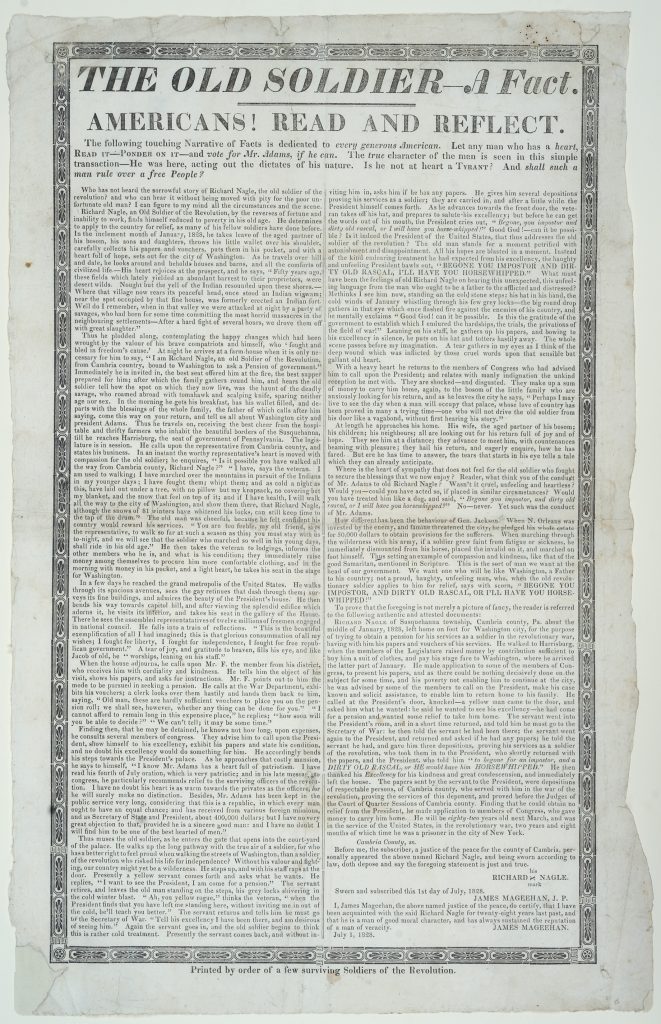
The Old Soldier—A Fact
Printed by order of a few surviving Soldiers of the Revolution, 1828The Society of the Cincinnati, The Robert Charles Lawrence Fergusson Collection
This broadside from the presidential campaign of 1828 relates the mistreatment of a Revolutionary War veteran seeking a pension by John Quincy Adams and assures readers that Andrew Jackson would correct the injustices of the Adams administration toward veterans. “Where is the heart of sympathy,” the broadside asks, “that does not feel for the old soldier who fought for the blessings we now enjoy?”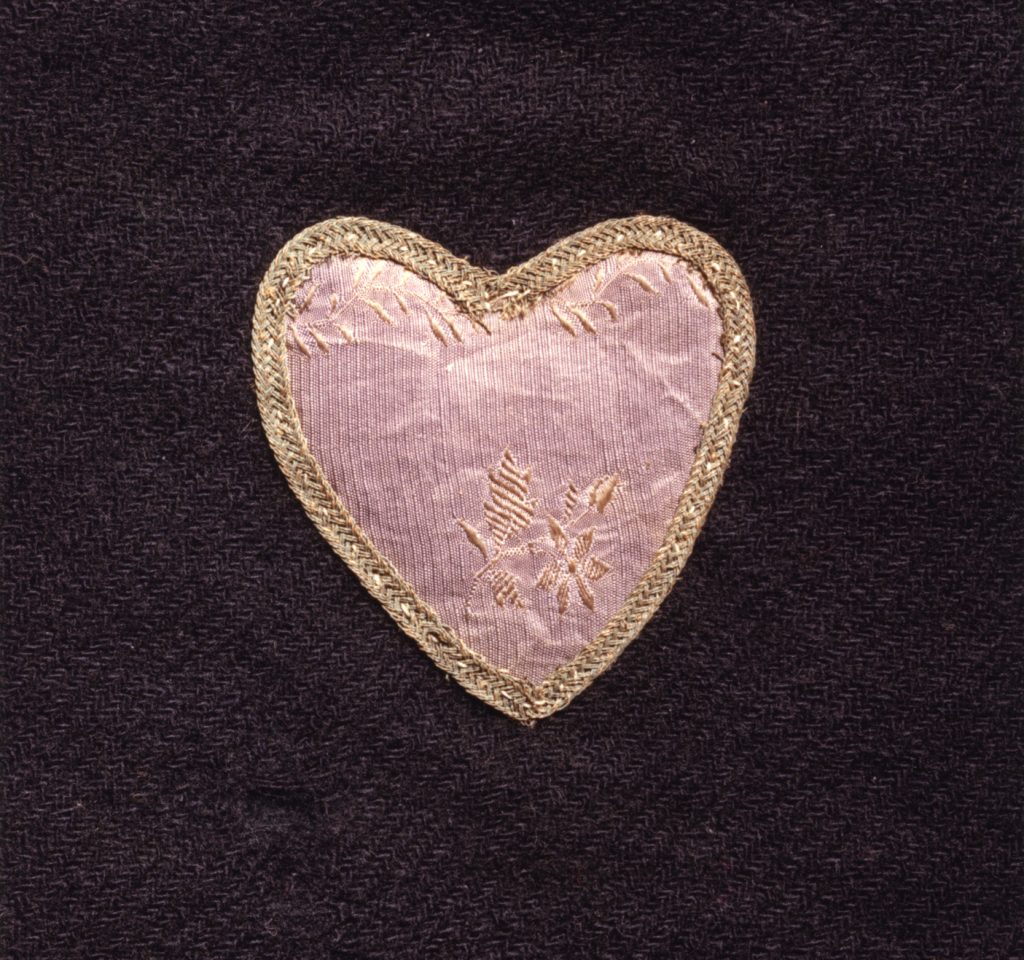
Badge of Military Merit
ca. 1782-1783Collection of the American Independence Museum, Exeter, NH and the Society of the Cincinnati in the State of New Hampshire. Gift of William L. Willey.
George Washington created the Badge of Military Merit—the first military decoration for enlisted men—on August 7, 1782. The award recognized distinguished conduct and was intended to encourage “virtuous ambition” and “every species of Military merit.” Soldiers honored with the award “shall be permitted to wear on his facings over the left breast, the figure of a heart in purple cloth, or silk, edged with narrow lace or binding.” Only two reputed examples are known, of which this is one. The decoration fell out of use after the Revolutionary War but was revived in 1932 as the modern Purple Heart.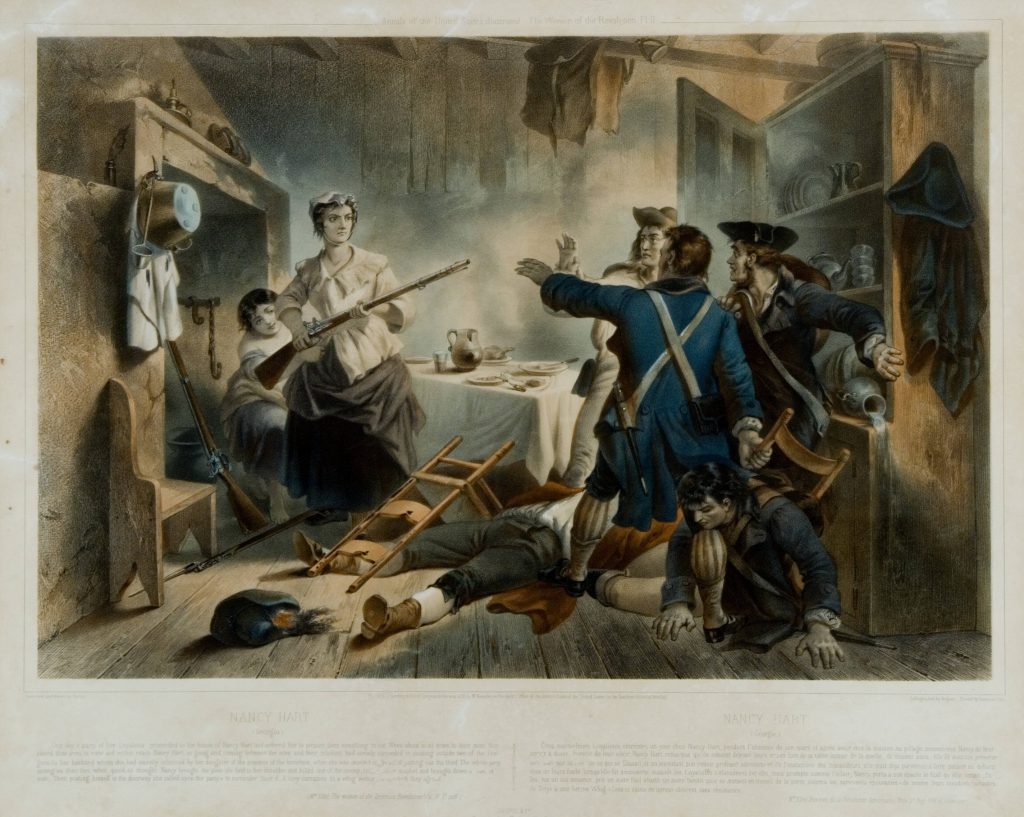
Nancy Hart
Felix Darley (artist and Charles Regnier (engraver)
New York: Groupil & Co., 1853The Society of the Cincinnati, The Robert Charles Lawrence Fergusson Collection
The life and legend of Nancy Hart embodies the violent struggle between patriot and loyalist neighbors that characterized the American Revolution in the Georgia backcountry. This 19th century color lithograph depicts Hart's storied encounter with a party of loyalists. The engraving is based on Elizabeth F. Ellet;s account of Hart in her 1848 history of women during the American Revolution. This print was marketed to both American and French audiences, reflecting interest on both sides of the Atlantic.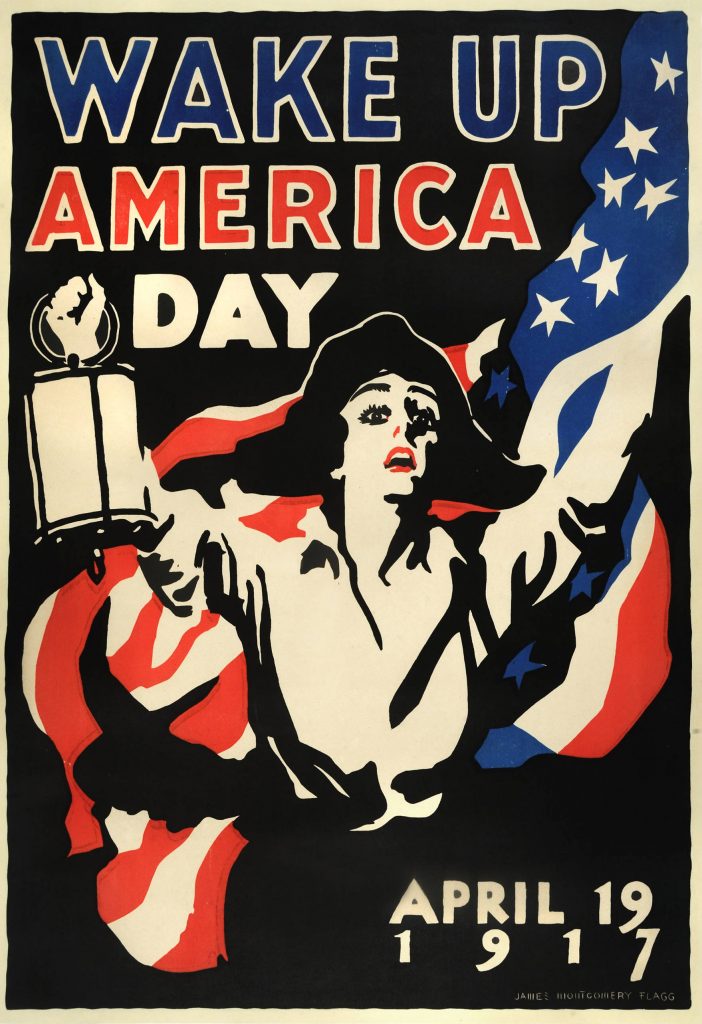
Wake Up America Day
James Montgomery Flagg
New York, 1917The Society of the Cincinnati, The Robert Charles Lawrence Fergusson Collection
The Mayor's Committee on National Defense commissioned James Montgomery Flagg to design this poster to promote Wake Up America Day. Flagg depicted a female Paul Revere emerging from the darkness to call the country to arms. The image was more than a graphic flight of fancy. Wake Up America Day began at midnight on April 19, when a young suffragist named Jean Mohle rode through the streets of Manhattan on horseback, calling the men of New York to enlist in the army.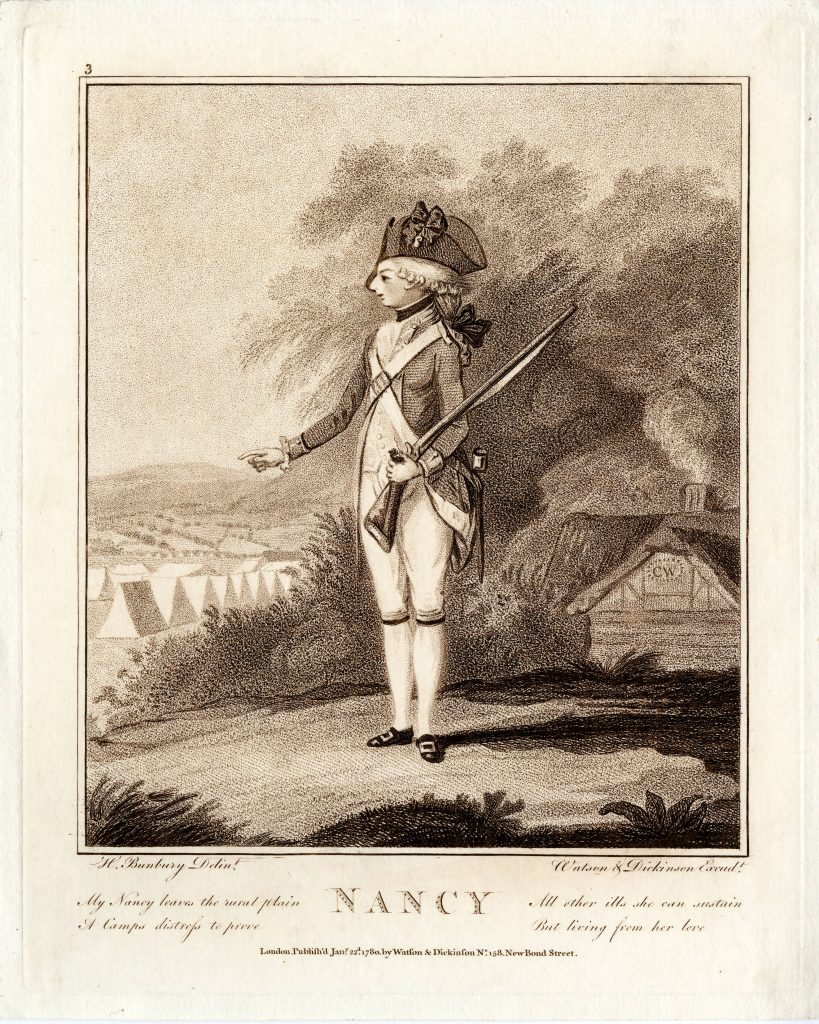
Nancy
Henry William Bunbury
London: published by Watson & Dickinson, 1780The Society of the Cincinnati, The Robert Charles Lawrence Fergusson Collection
The actress Charlotte Walpole played the role of Nancy, a young woman who disguises herself as a soldier, in Richard Sheridan's play, The Camp. First performed at Theatre Royal, Drury Lane, in London on October 15, 1778, the production concluded with "a perspective Representation of the Grand Camp at Cox Heath."
The Female Review: or, Memoirs of an American Young Lady
Herman Mann
Dedham [Mass.]:Printed by Nathaniel and Benjamin Heaton, for the author, 1797The Society of the Cincinnati, The Robert Charles Lawrence Fergusson Collection
Deborah Sampson enlisted in the Massachusetts Continental Line in May 1782 using the name Robert Shurtleff. She succeeded in hiding her sex, even when she was wounded in a skirmish near Tarrytown, New York, on July 3, 1782.To avoid detection, she removed a musket ball from her thigh herself, and carried a second ball in her leg for the rest of her life. She received an honorary discharge in 1783. After the war, an imaginative account of Sampson's wartime service was published to support her case for a pension. In 1805, she received a disability pension of $4 a month, which she relinquished to accept a pension of $8 a month awarded under the Pension Act of 1818.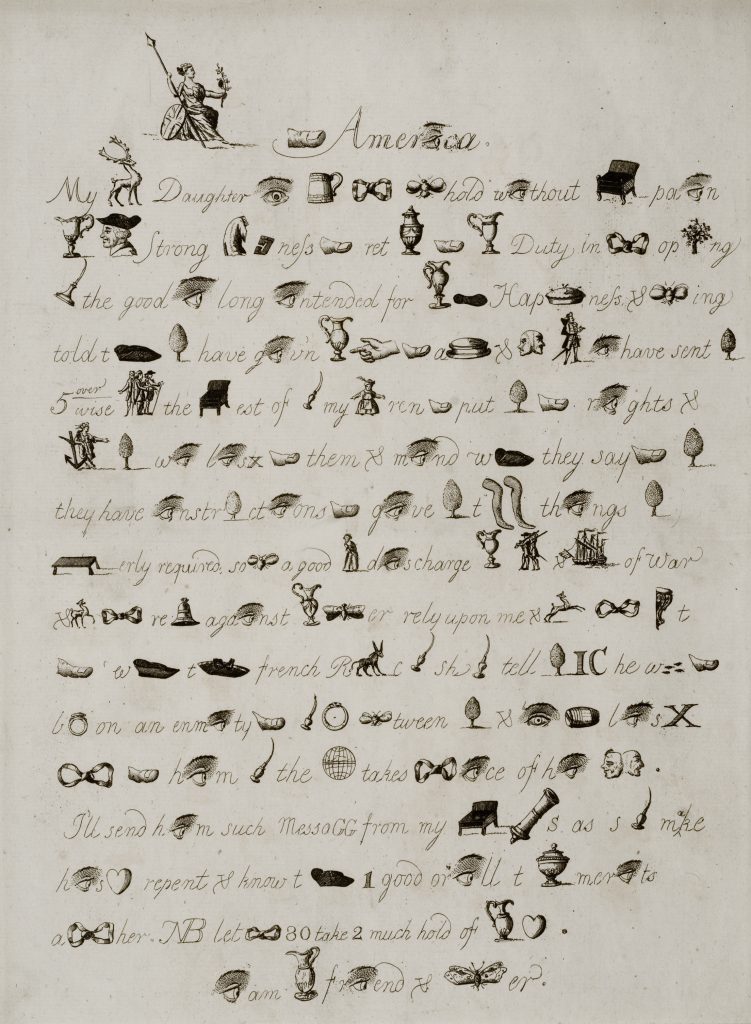
"Britannia to America"
Matthias and Mary Darly
May 1778The Society of the Cincinnati, The Robert Charles Lawrence Fergusson Collection
This rebus letter (a letter that combines words and pictures to make its sentences), portraying Britannia as a mother urging her daughter America to jilt the Frenchman she is planning to marry and stop rebelling. This political satire refers to the American alliance with France and concerns Great Britain's last attempt to end the American Revolution through diplomatic means by sending a delegation known as the Carlisle Peace Commissioners to Philadelphia. First of two rebus letters issued by Matthias and Mary Darly in May 1778, satirizing the peace commission; second letter issued a week after, reply from the American colonies entitled "America to her mistaken mother."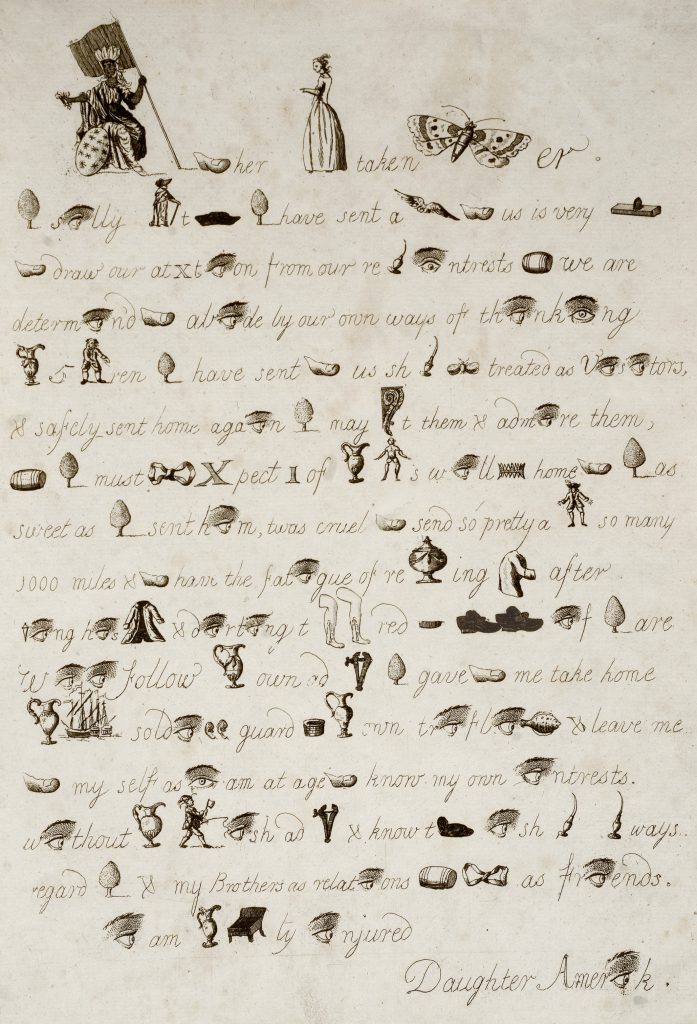
"America to her mistaken mother"
Matthias and Mary Darly
May 1778The Society of the Cincinnati, The Robert Charles Lawrence Fergusson Collection
This rebus letter (a letter that combines words and pictures to make its sentences), refers to the ill-fated Carlisle Peace Commission organized by William Eden to negotiate a settlement with the Americans in 1778. In words and pictures it says: "You silly old woman that you have sent a dove to us is very plain to draw our attention from our real interests..." and is signed "I am your greatly injured Daughter America." Second of the series of two rebus letters issued by Matthias and Mary Darly in May 1778, satirizing the peace commission; reply of first letter entitled "Britainnia to America."download pdf of purple heart lesson
download pdf version of remembering the ladies: women's rights and the legacy of the american revolution
download PDF version of Dr. Roger Smith's presentation
download PDF version of American Revolution Institute Educational Programs and Resources for Students and Teachers
